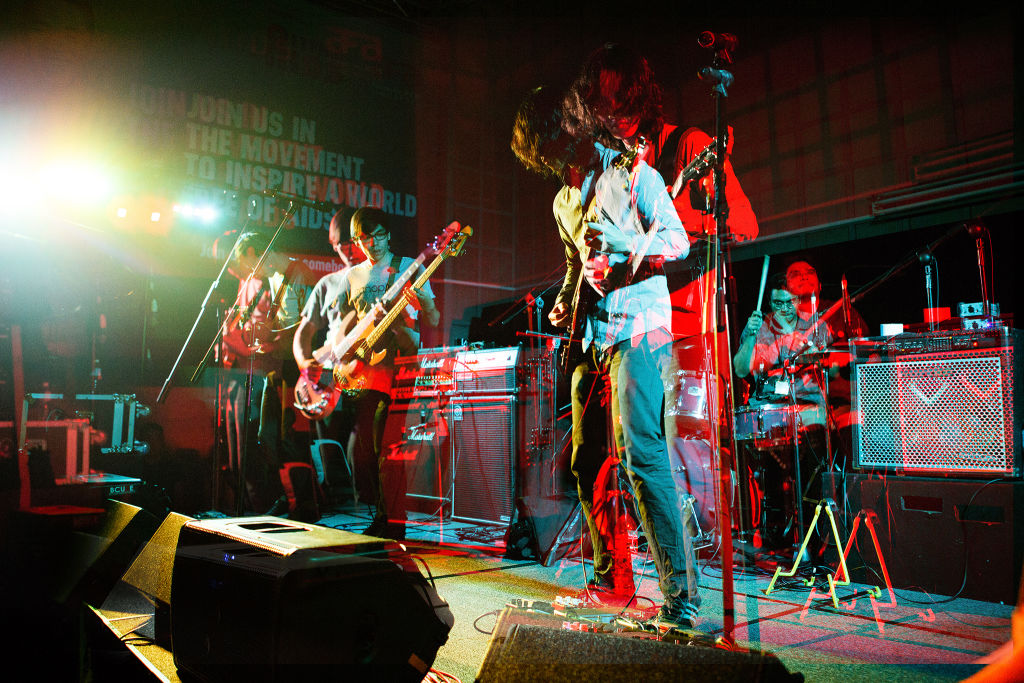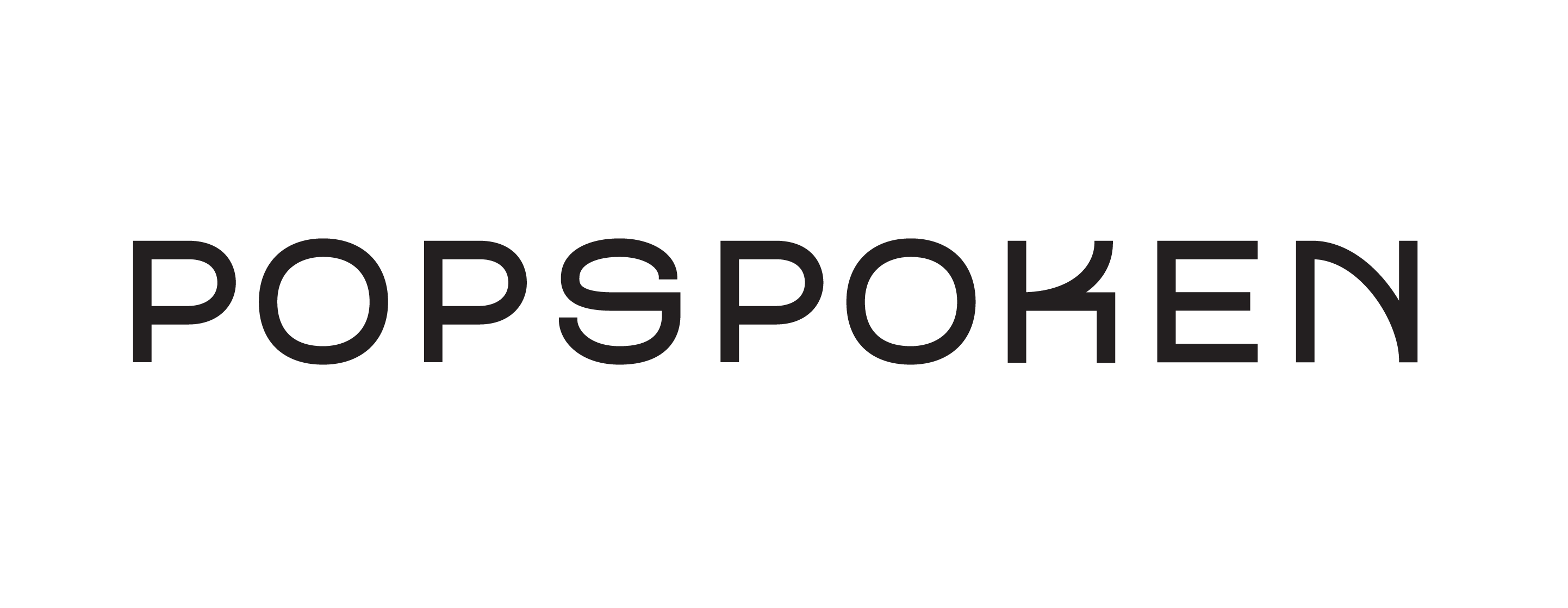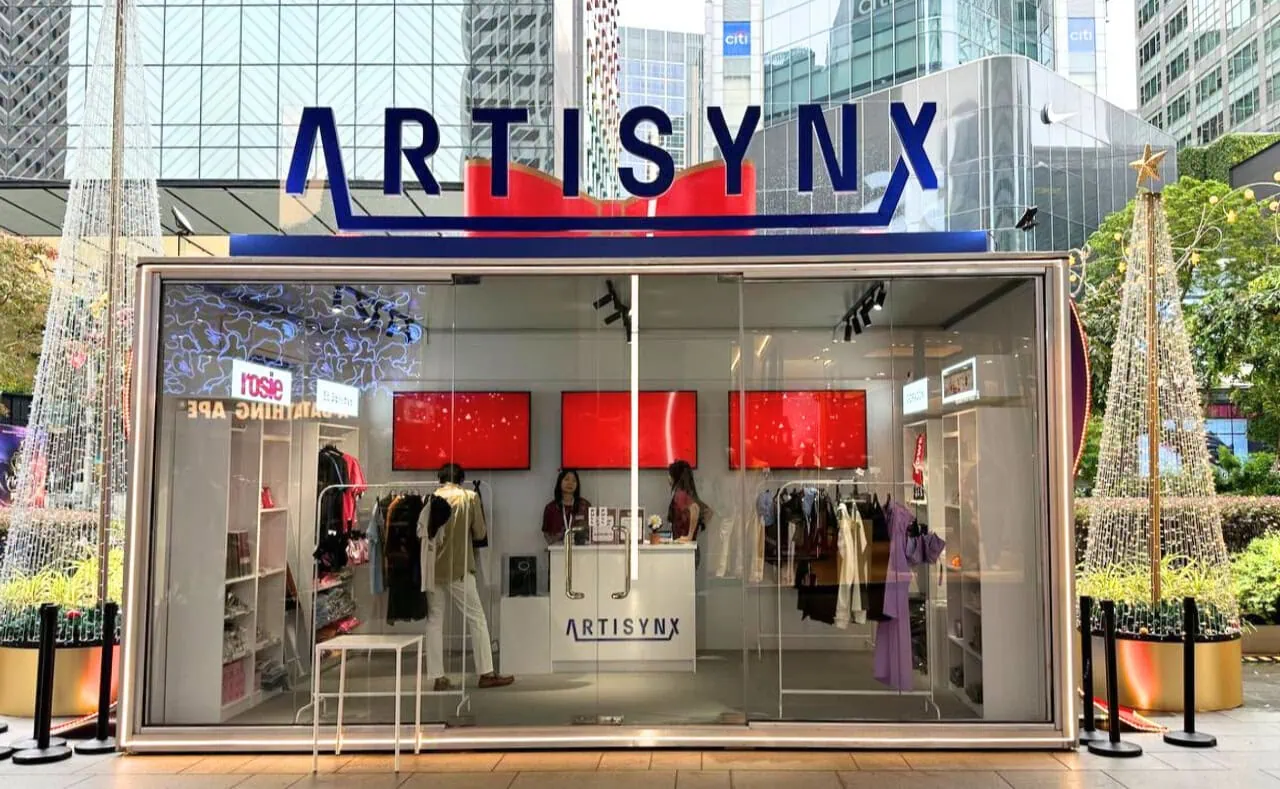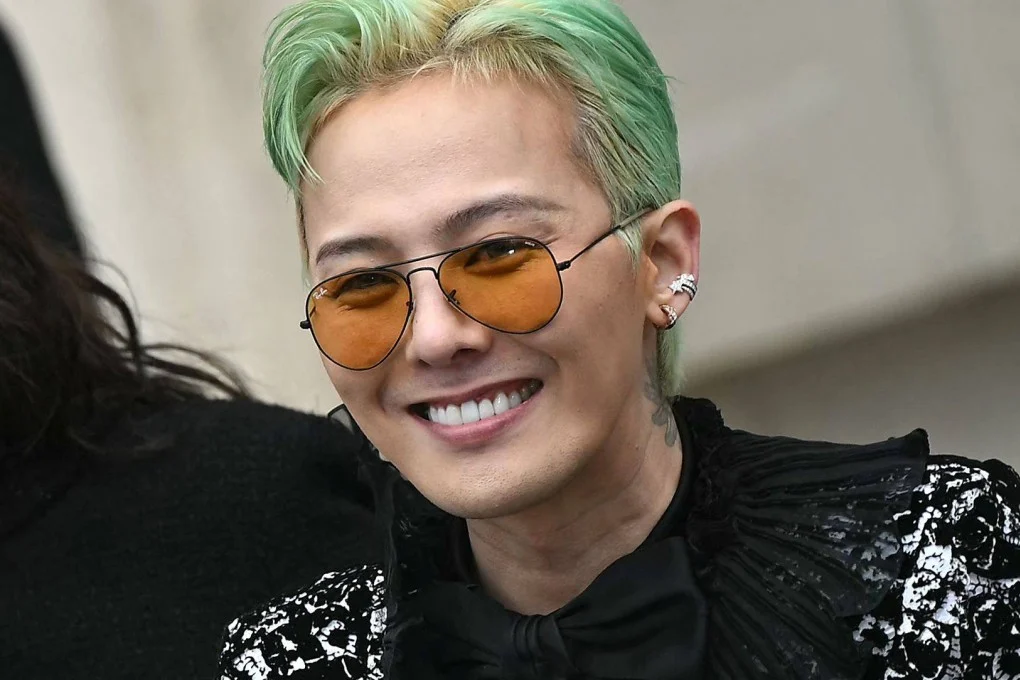On 2 May at The Substation, crowds will stream through the doors eager for the launch of Sphaeras’ long-awaited and anticipated album, Moirai.
Since their inception, Sphaeras has undergone changes both in their sound and abilities. These progressive changes have catapulted them into the music scene and made them one of the most watchable and fastest-growing local bands. Their performance venues never fail to pack in a crowd that is supportive and loyal to their experimental and instrumental performances.
This Saturday will be no different. Recorded by Leonard Soosay and mixed and mastered by Carl Amburn, Moirai has already garnered praise. If you’re a fan of sub:shaman or silhouette, get your tickets too because they will be performing as special guests. There’s much local talent and music to admire at The Substation on Saturday night, so don’t miss out.
Earlier this week, I had the privilege of sitting down with two of their members, guitarist Haokai and drummer Zakhran. Although many people are giving Sphaeras unending praise, Haokai and Zakhran both overflowed with humility and said that they will always continue pushing the limits of their musical ability.
For people who don’t know your music or are unfamiliar with your band, how would you define your sound?
That’s a question that’s posed to our band very frequently. Basically, to give people a general impression, we will usually say that we’re a “math-rock” or “post-rock” band. But we don’t think of ourselves as purely that or just limited to those genres.
We don’t like pigeon-holing ourselves into a category because we play and are willing to play and experiment with almost anything. Some of our tracks even have elements of jazz in it. Classifying ourselves will make people have a certain expectation of our sound. So, they might be confused if they start hearing elements of our songs that deviate slightly from those genres we mentioned. To play it safe, we’re instrumental (both chuckle).
What are you most excited about with this new album, Moirai?
That it’s there: it’s our first album. We’ve always been asked to release new material, so now, we finally have something to distribute to the rest of the world. If we just continued playing shows in Singapore, we’ll be limited and constrained here. So this album is really an opportunity for us to increase the reach of our music.
Our engineer has been sending it to places like Japan and America, so the amount of exposure we’re getting and that we’re going to get is so much more compared to what we’re getting now.
What makes the tracks we’ll hear on the album different from what we’ve heard before?
What we usually play is really improvisational and impromptu. For this album, we finally had the time and space to decide what kind of sounds we wanted our supporters to here. The playing in this album is much more refined and tight compared to what we’ve done before.

What is your composing process like in terms of your inspiration and band dynamics?
Haokai: I really admire and gain inspiration from B-Quartet — they’re a local band. I think they’re just really musically talented and epic.
Zakhran: The Mars Volta. They’re really progressive.
Our composition process is usually very collaborative. Most of the time when we jam, we all just throw out whatever ideas we may have. Once in a while, one of us may have a particular vision or preference for a time signature in a certain track, so the rest of us just work around that. But the thing we enjoy most is that no one ever tries to play something simple. We always push ourselves.
How are you preparing for the launch and what can people expect at the launch?
We released Mono recently — it’s the official Moirai trailer. I think the inspiration behind it was basically to contrast the ennui of every day life with the intensity of our band and our music. We left a lot of the creative decisions to Dynn Othman, the director.
It’s a lot like the booklet that people who attend our launch will get. The booklet consists of illustrations and poetry that were created by artists in response to some of the tracks we let them listen to. The audience can find the download code for our album on the back of the booklet.
We’re doing this instead of having a CD because we feel that CDs in this day and age are quite outdated. People just rip a CD onto their computer and usually never use it again. We can show more perspectives people have about our music by having this booklet. We wanted it to be something experimental, like us, and meaningful. So, people can return to it time and time again.
What do you want people to take away from the launch?
I think we want people to gain a different and hopefully positive impression of what the local music scene has to offer. We also really want people to listen to the album from start to finish. There’s a sonic flow from the first song to the last and I think people will appreciate it. The way the tracks are sequenced gave the album more meaning for us and we hope it gives the listeners more meaning too.
Featured photo: Melvin Ong, in-article photo: Maria Clare Khoo







